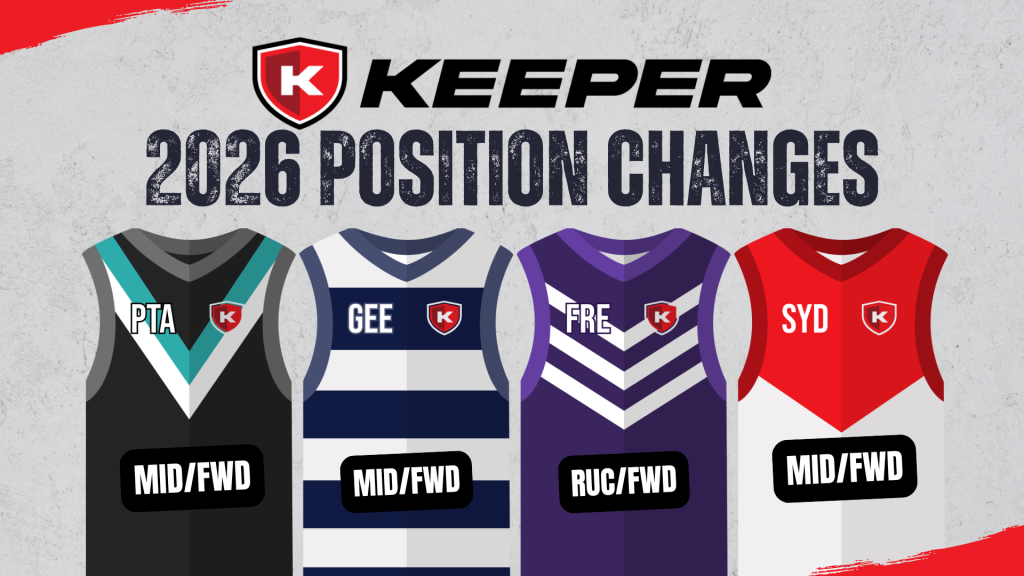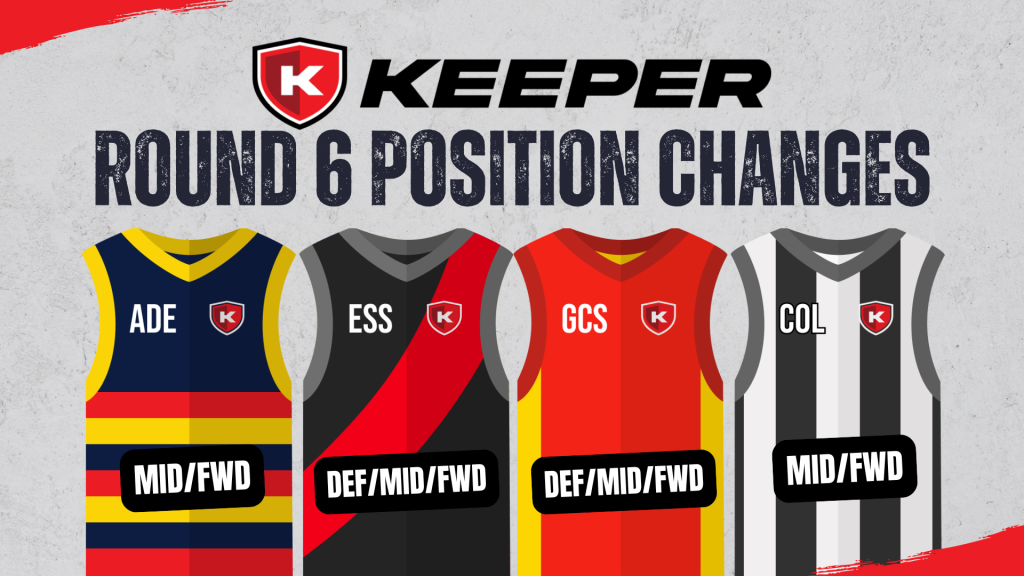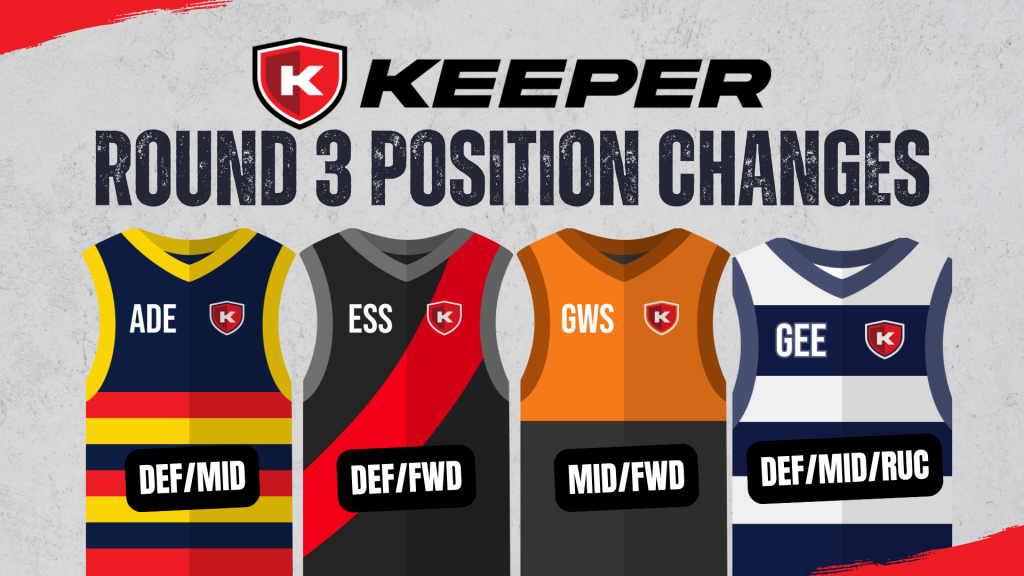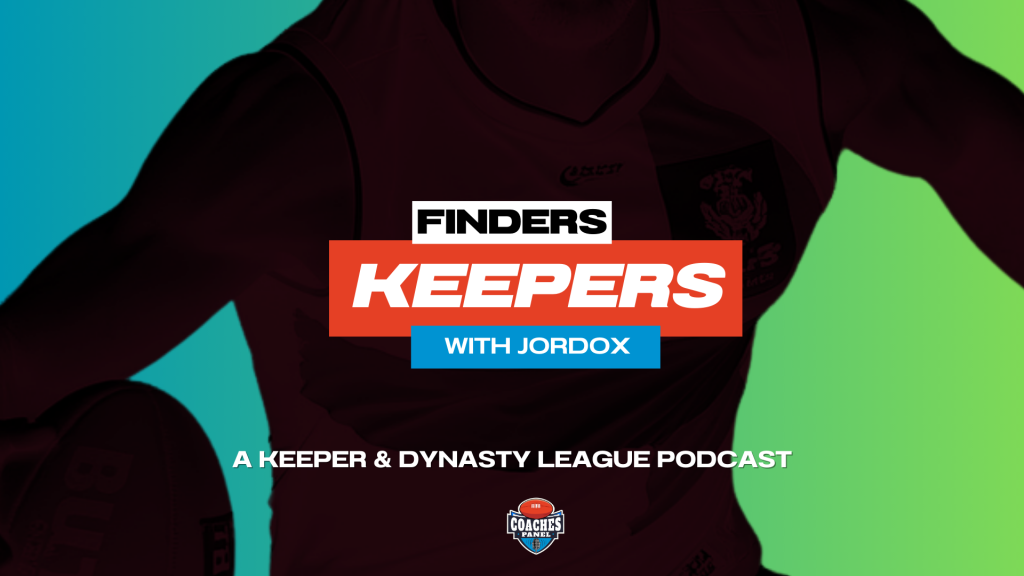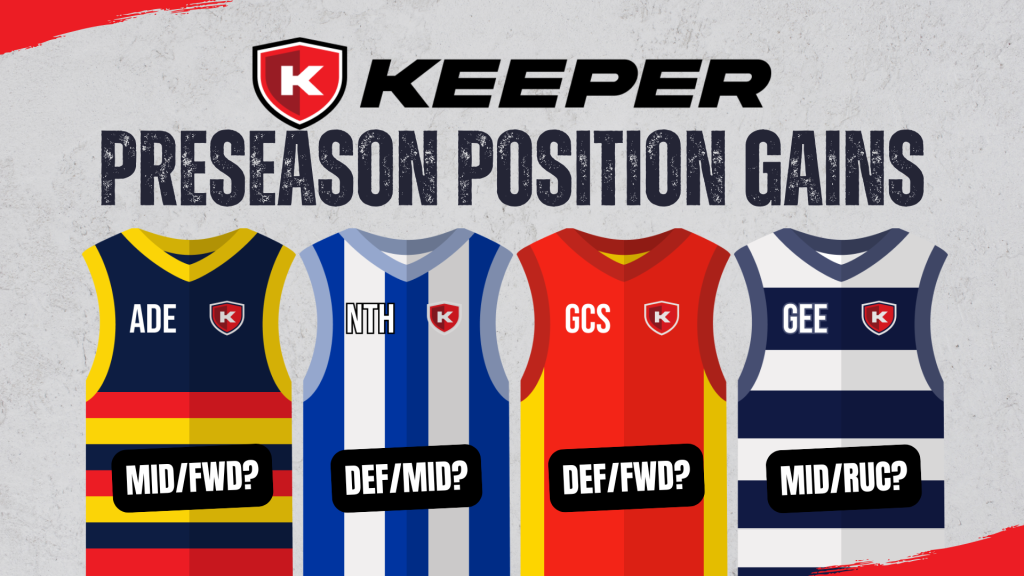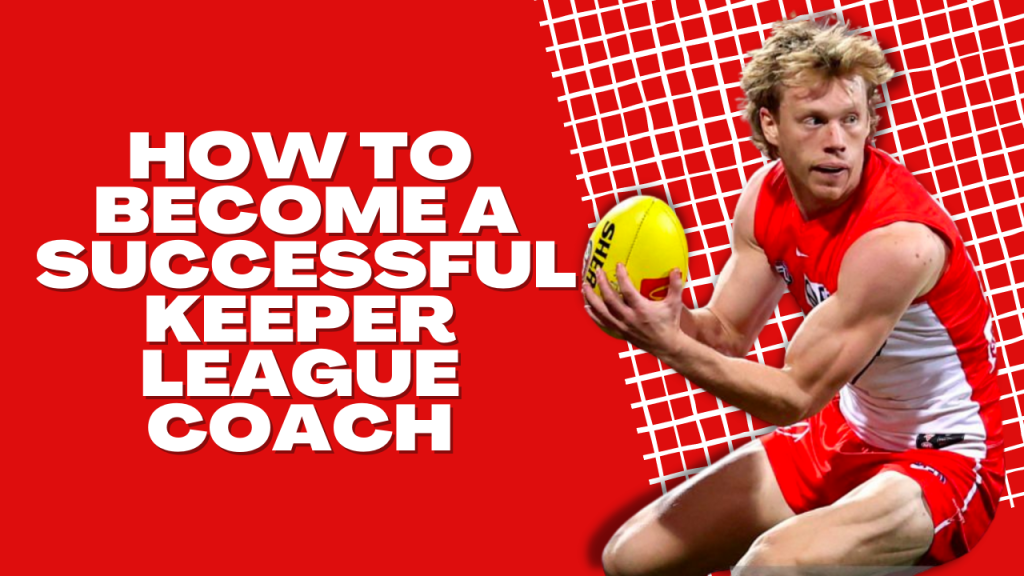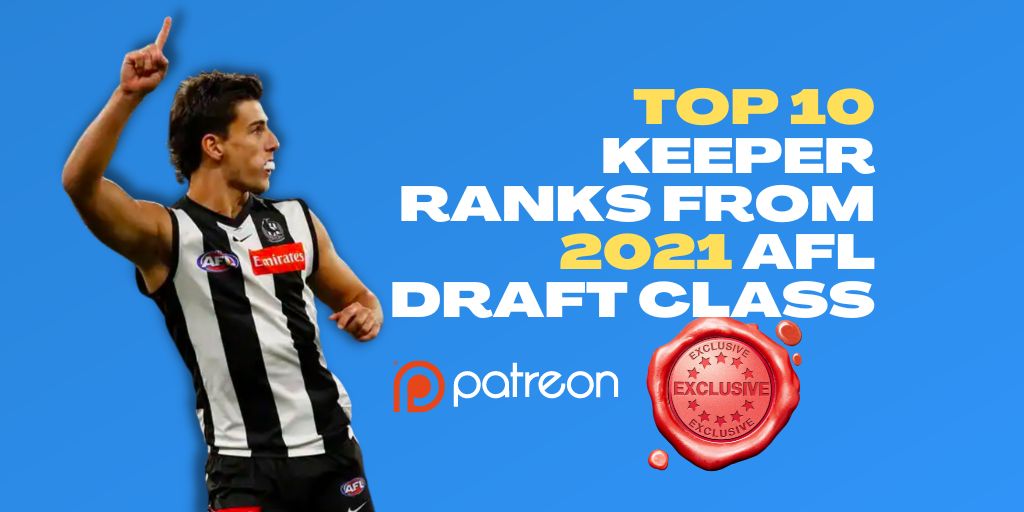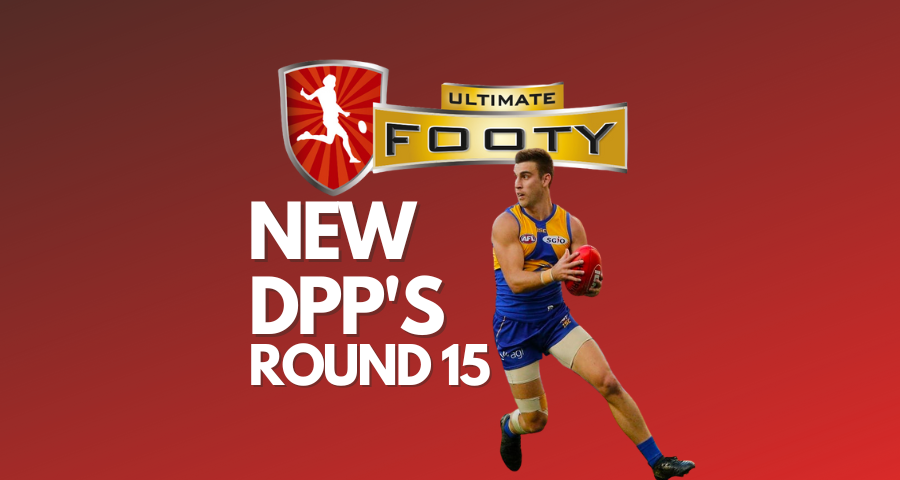Earlier this week Champion Data announced the new fantasy football player positions for the upcoming season, and now Keeper has added an additional 13 positional changes which include some draft changing options. These additions sit on top of the base allocations revealed earlier and follow a different methodology specifically designed
Keeper coaches, the moment you’ve been waiting for has finally arrived – Keeper’s next round of position changes are here! Keeper is revolutionizing how player positions are managed with a systematic approach designed specifically for draft fantasy leagues. The position updates will follow rounds 3, 6, 9, 12, 15, and
Keeper coaches, the moment you’ve been waiting for has finally arrived – Keeper’s inaugural inseason position changes are here! Keeper is revolutionizing how player positions are managed with a systematic approach designed specifically for draft fantasy leagues. The position updates will follow rounds 3, 6, 9, 12, 15, and 18.
In this episode, MJ Want and Jordox introduce the new podcast ‘Finders Keepers’, dedicated to Keeper and Dynasty Leagues in fantasy football. They discuss the evolution of the Coaches Panel, the importance of Keeper Leagues, and the strategies involved in drafting and managing teams. The episode highlights the significance of
Every year, Keeper reveals an additional group of new position allocations for players, which extends the changes handed down by champion data. Let’s examine the twelve additional players and their relevance to your Keeper Drafts. Embed from Getty Images Reuben Ginbey | ADD DEFENDER – NOW DEF/MID It’s not been
In a recent conversation, MJ sat down with Ryan Power to explore Keeper, a fresh fantasy footy platform designed to elevate the drafting experience for coaches everywhere. Ryan, a long-time member of the fantasy community, shared insights into how Keeper offers extensive customization options, a user-friendly mobile app, and solutions
As we enter a new AFL season, existing keeper league coaches are entrenched in list management decisions. The trade decisions and delisting discussions have kept coaches busy over the summer. However, some keeper leagues are a brand new and exciting format of fantasy footy, and coaches have some significant decisions with the coveted first pick in the draft. Do they draft who’s dominating now? Invest in some potential future stars? Or somewhere in between? Drafting philosophies of keepers is something we’ll unpack over the preseason. But for now, here are the players I believe are in the mix for the number one pick for a brand new keeper league.
How do you have and maintain a successful keeper league side? It’s a question at the Coaches Panel we get often asked. Multiple variables go into making a successful keeper side, so I wrote a list of eight tips to help you be a top-keeper league coach.
After every season, we ask MJ to rank the top 10 players from the most recent AFL draft class for the keeper and dynasty leagues. Some players have 20+ games of exposure to AFL, while some have barely got games. The hope is that list will help you make some
After rounds 3, 6, 12 & 15, the drafting format of Ultimate Footy awards additional player positions to players that have had a role change in the season. As always, players are required to have played a minimum of 3 games to be eligible and to be playing the new position as their primary role in the side. So, for the final time this season, let’s look at who they are and their relevance to your draft sides and leagues.
